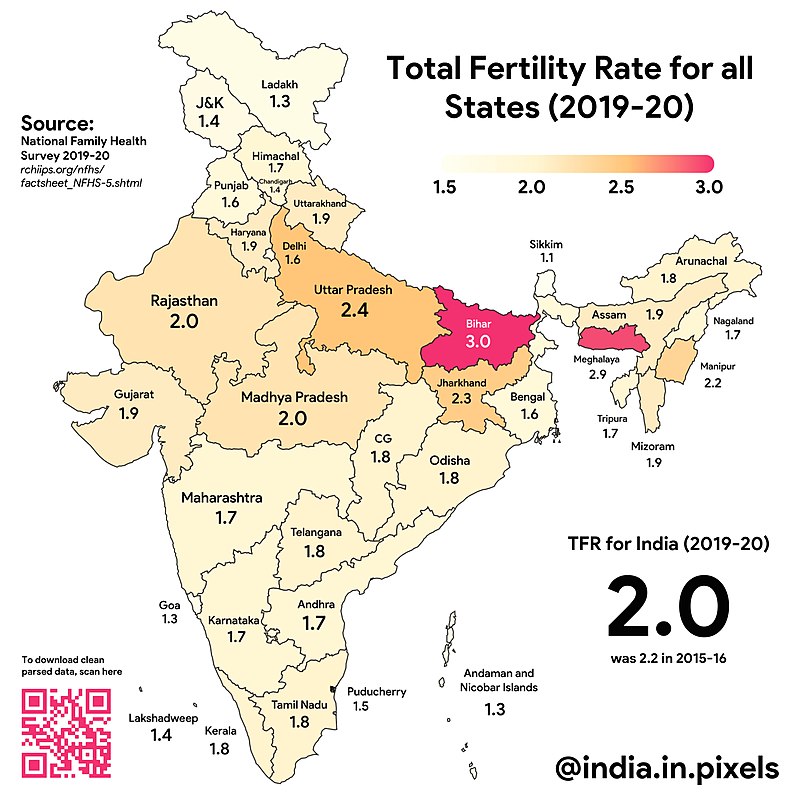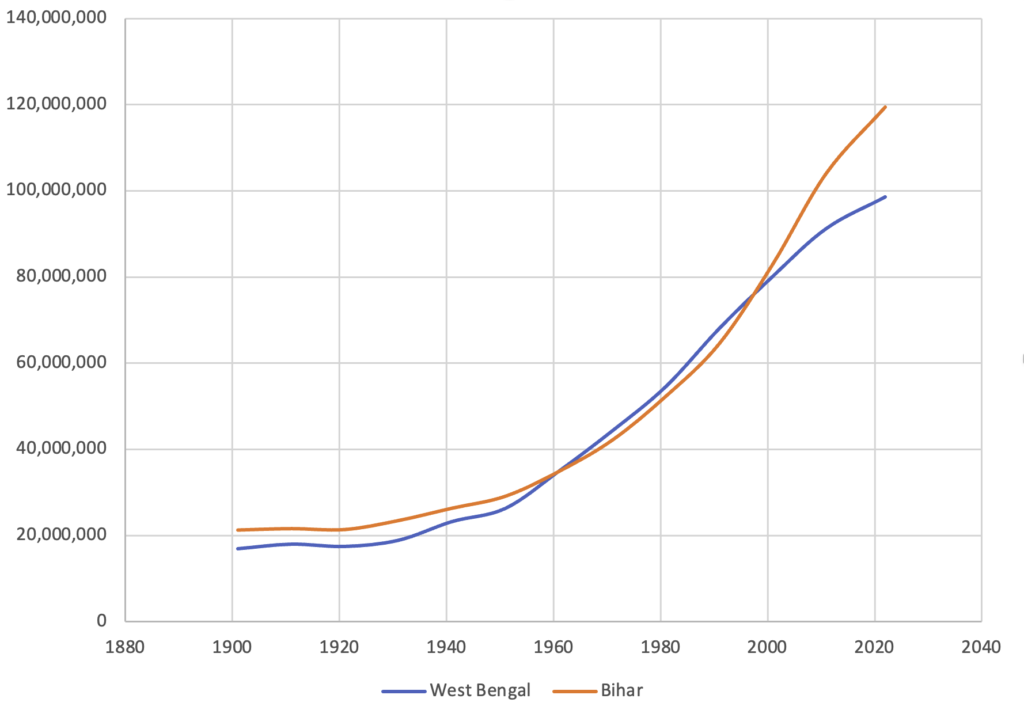A new podcast with Karol is posted on Bangladeshi politics, culture and economics (me and Amey co-host). At one point Karol notes that Sheik Hasina, the Prime Minister, has a son who is being groomed to be heir apparent, but he is married to an American and lives in the DC area and does not seem very enthusiastic about taking the reins of power in the future.
I decided to look up this person, and quickly and easily found his daughter’s public Instagram…and she does not seem to be very appropriate as the daughter for someone who wants to become the leader of a Muslim nation… (there are angry comments from Bangladeshis on the gram; you can look her up in more official photos, and it’s pretty clearly her now that she’s in her early 20’s).



